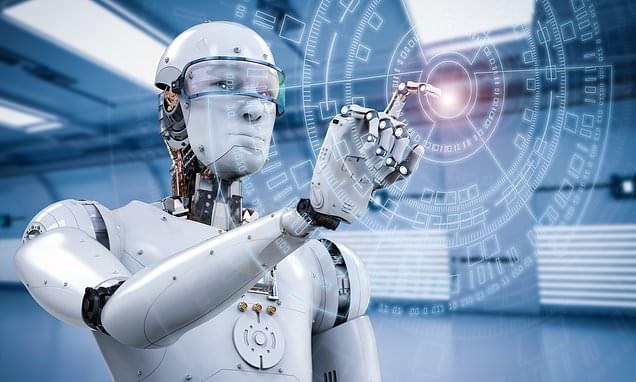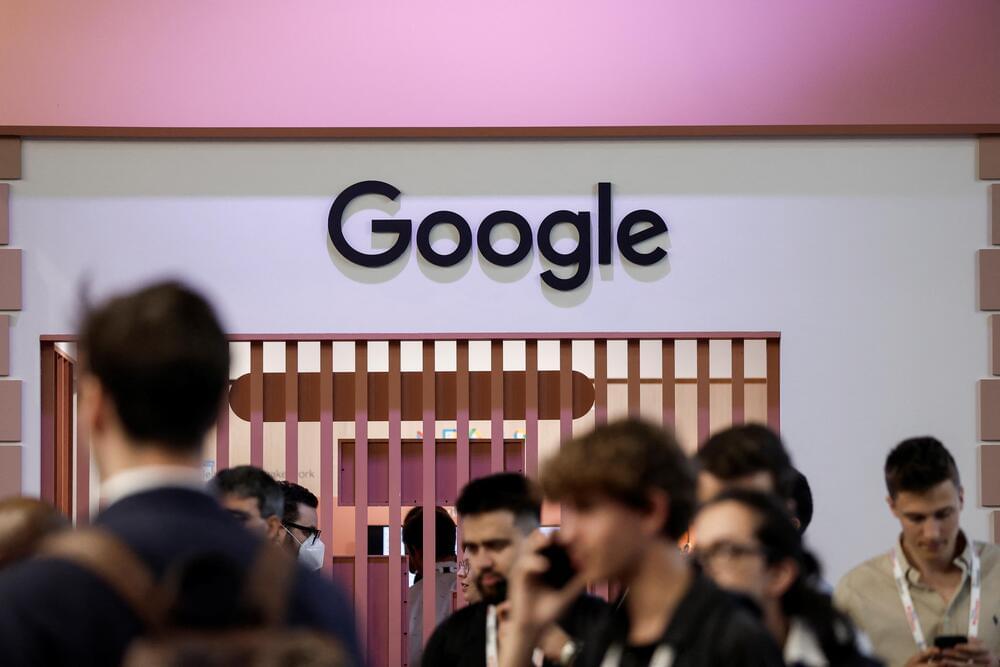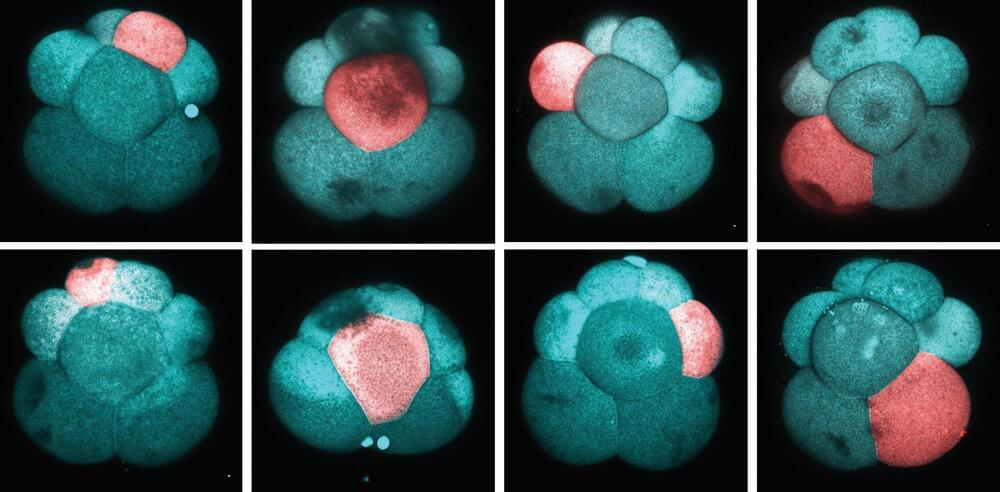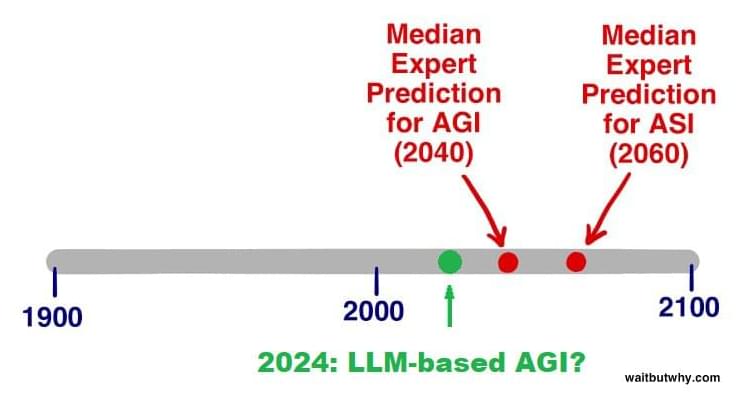New York Senior Rabbi Josh Franklin, of the Jewish Center of the Hamptons, surprised his congregation earlier this week by delivering a sermon written entirely by Artificial Intelligence (AI.)
The rabbi used the ChatGPT chatbot, a free-to-access AI program launched in November of last year.
After reading the AI-written piece, Rabbi Franklin asked his congregation to guess who had written the sermon. In response, the congregation incorrectly guessed that Rabbi Jonathan Sacks had written the piece.




